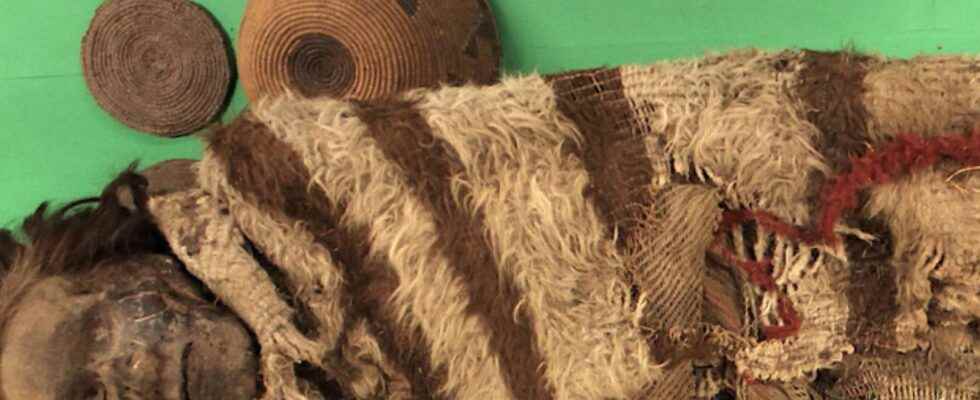DNA is scarce in South American mummies dating back several millennia. The presence of parasites in individuals shortly before their death has nevertheless made it possible to preserve this precious molecule during all this time.
You will also be interested
Analyses DNA on human remains have become common to determine the sex of individuals, pathologies from which they were affected, the cause of their death or the family ties between populations as well as migratory events between groups of individuals. However, these analyzes come up against certain pitfalls.
They require the collection of quality samples, access to which is sometimes difficult when theintegrity of the remains must be preserved. This is particularly the case for reaching the DNA contained in the petrous bone of the skull or in the teeth when these are still in place in the jaws. While it is often forbidden to destroy parts of a specimen in order to extract DNA, researchers scratch their heads in order to gain access to the precious molecule.
2,000 years ago most humans were infected with lice
According to a study published in the journal Molecular Biology and Evolution, researchers are actually searching the heads of ancient human populations to extract DNA from individuals. 2,000 years ago, most humans were indeed parasitized by lice. However, the glue used by lice to make the nits adhere to the hair can withstand the ravages of time to the point of allowing these eggs to remain stuck to the hair of mummies millennia old and preserve the DNA of host skin cells.
A pathogen that contains information
Nits have been found on mummies discoveries in the Andes located in the province of San Juan, in central western Argentina. Radiocarbon dating of the hair of these mummies has estimated their age to be between approximately 1,300 to 2,300 years. In order to estimate the reliability of DNA analyzes from human cells trapped in the glue secreted by the nits, the results were compared with those obtained from bone and dental fragments and leftover lice meals. The authors of the study explain that the proportion of human DNA extracted from the glue secreted by lice is similar to what can be extracted from a tooth and is twice as large as what they were able to extract from a petrous bone.
Thanks to this DNA preserved in the glue, the authors were able to determine the sex of two individuals but also the oldest presence in a human of the Merkel cell polyomavirus which was discovered in 2008. This virus is generally lost in humans when the skin peels, however there are rare cases in which the virus enters the genome human and generates cancers aggressive skin. The authors do not know whether this virus was present in the mummy examined or in the genome of the louse that parasitized it, but this discovery allows them to suggest that the louse was one of the vectors of transmission of this virus in humans.
Interested in what you just read?
.
fs3
